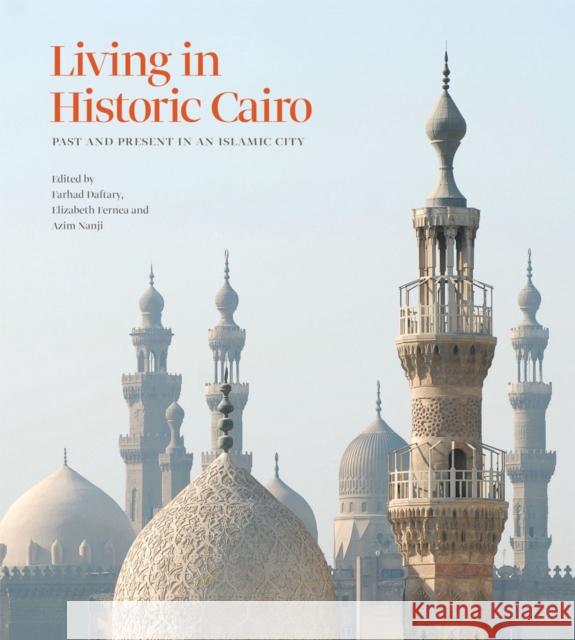Living in Historic Cairo: Past and Present in an Islamic City » książka
Living in Historic Cairo: Past and Present in an Islamic City
ISBN-13: 9781898592280 / Angielski / Twarda / 2010 / 300 str.
The history of Cairo is usually presented in terms of periods and dynasties such as the Fatimid or Ayyubid. The modern history of Egypt is generally held to begin in the last decades of the nineteenth century with the emergence of a new, modern city, constructed by the Khedives of Egypt along European lines. This illustrated book examines Cairo from the first century AH / seventh century AD until the present, considering the relationships between the physical layout of the city and its historic buildings, its economy, and its social, cultural, and religious life. The book discusses the programs of the Aga Khan Trust for Culture, both for restoring historic monuments in the district of al-Darb al-Ahmar and for reviving and improving the social and economic life of the old city. It also seeks to convey what the residents of the old city think about these projects, to clarify what, if any, is the felt relationship between the great monuments like Bab al-Zuwayla and the people who live nearby and what can be learned from this experience for similar restoration projects in other parts of the world.No previous book has dealt with Cairo across so wide a range of periods and subjects, examining the relationships between the inhabitants of Cairo and their city and the relationships between past and present. Economics, architecture, and religious practices in past ages all have reverberations in the present. The contributors range from academics with expertise in Islamic history and architecture, such as Nasser Rabbat and Roy Mottahedeh, to the personnel who were engaged in the restoration projects.A DVD of the film Living with the Past: Historic Cairo (2001, 56 minutes, directed by Maysoon Pachachi for Echo Productions, produced by Elizabeth Fernea) accompanies the book. It portrays al-Darb al-Ahmar, a neighborhood in the heart of the old city, and follows several interwoven restoration projects undertaken with a unique approach combining conservation with social, cultural, and economic neighborhood schemes that aim not only to rescue endangered monuments but also to preserve the spirit and vitality of the community.











